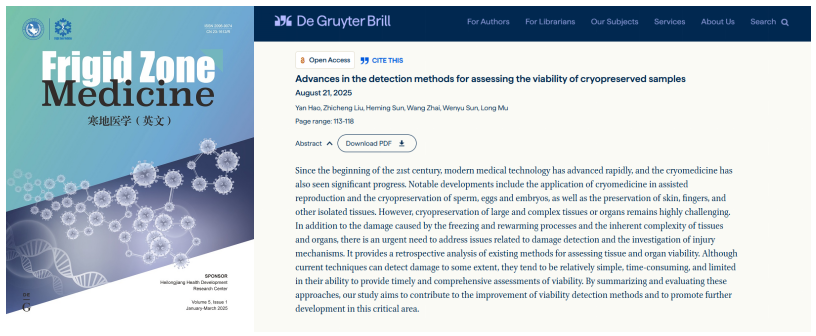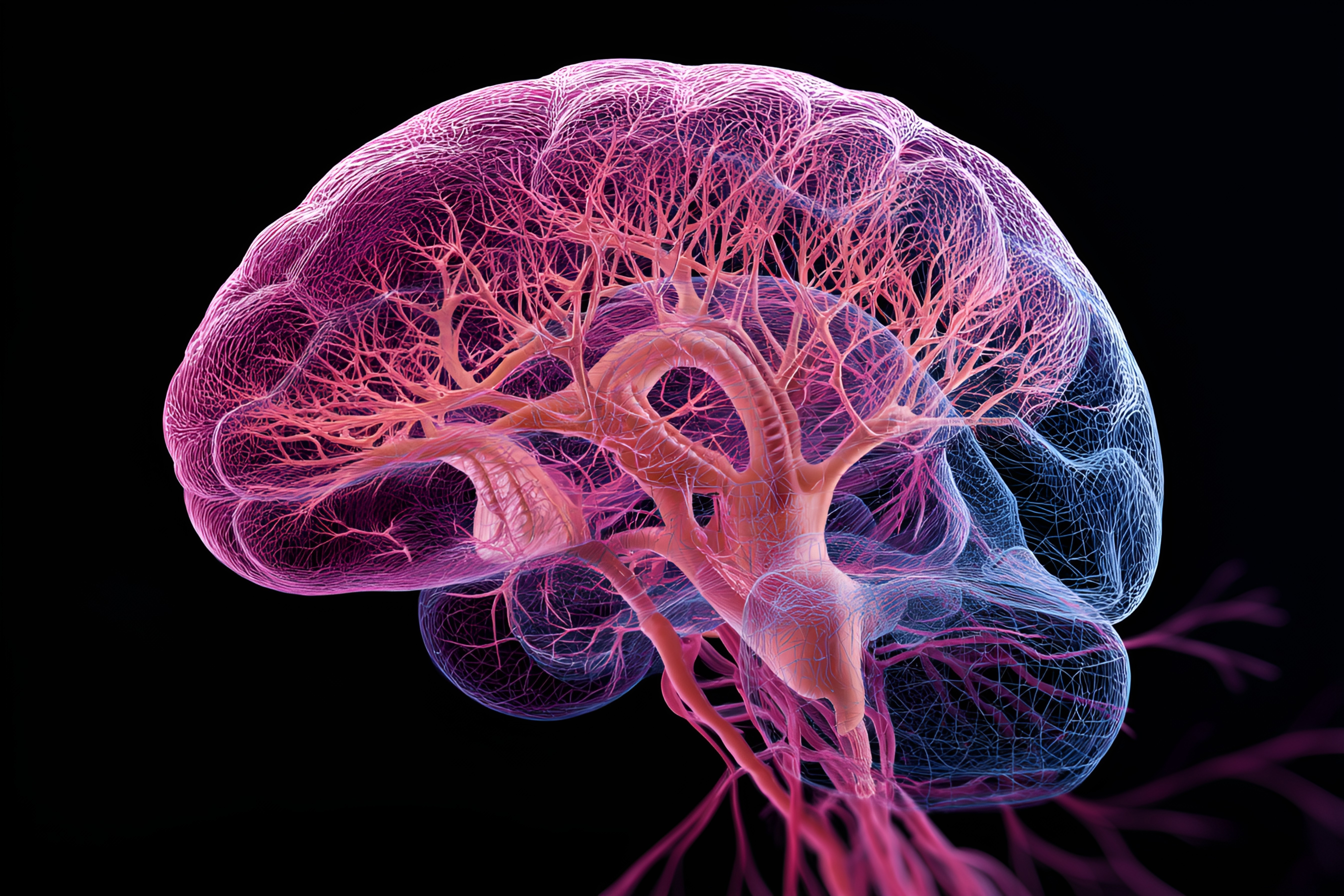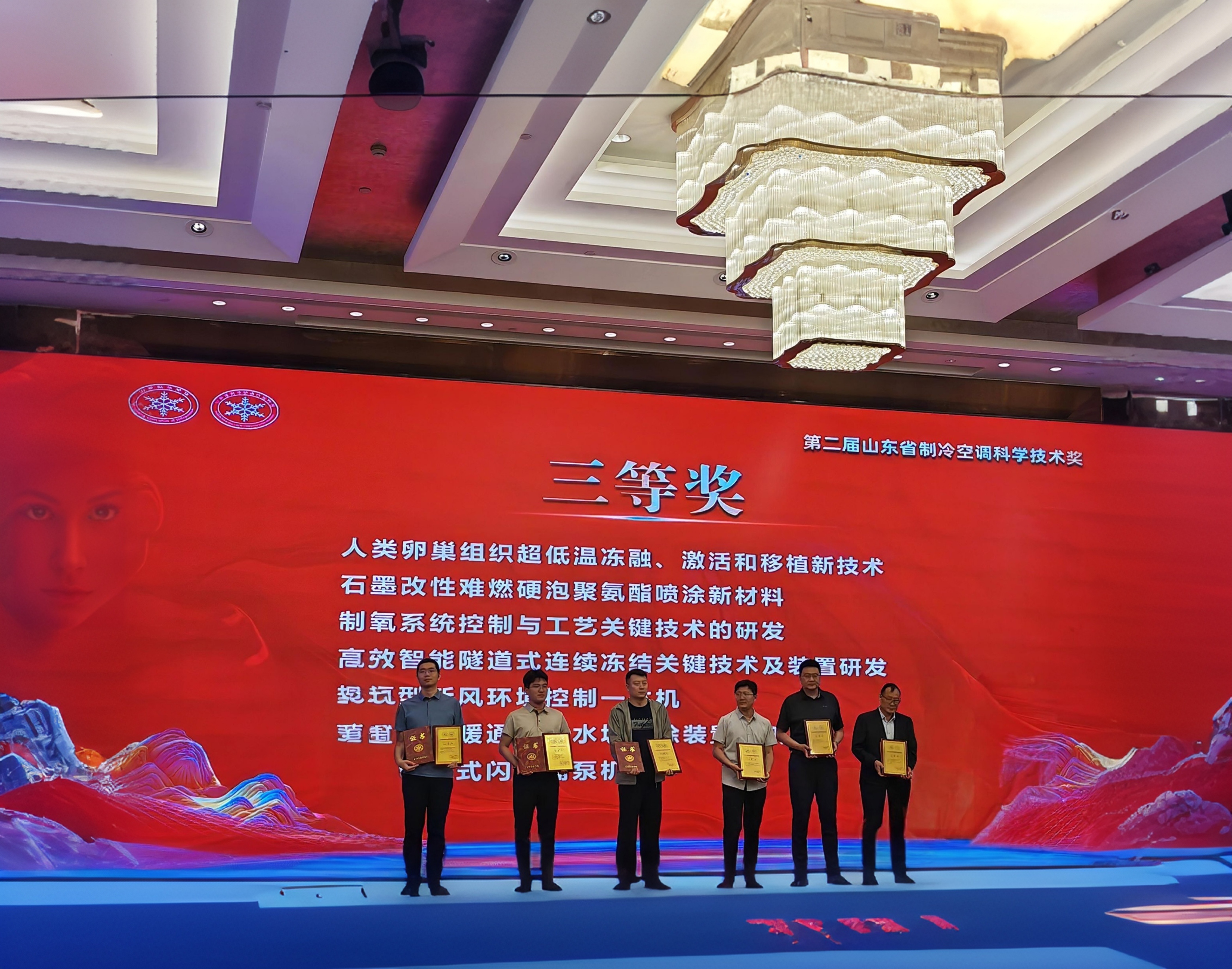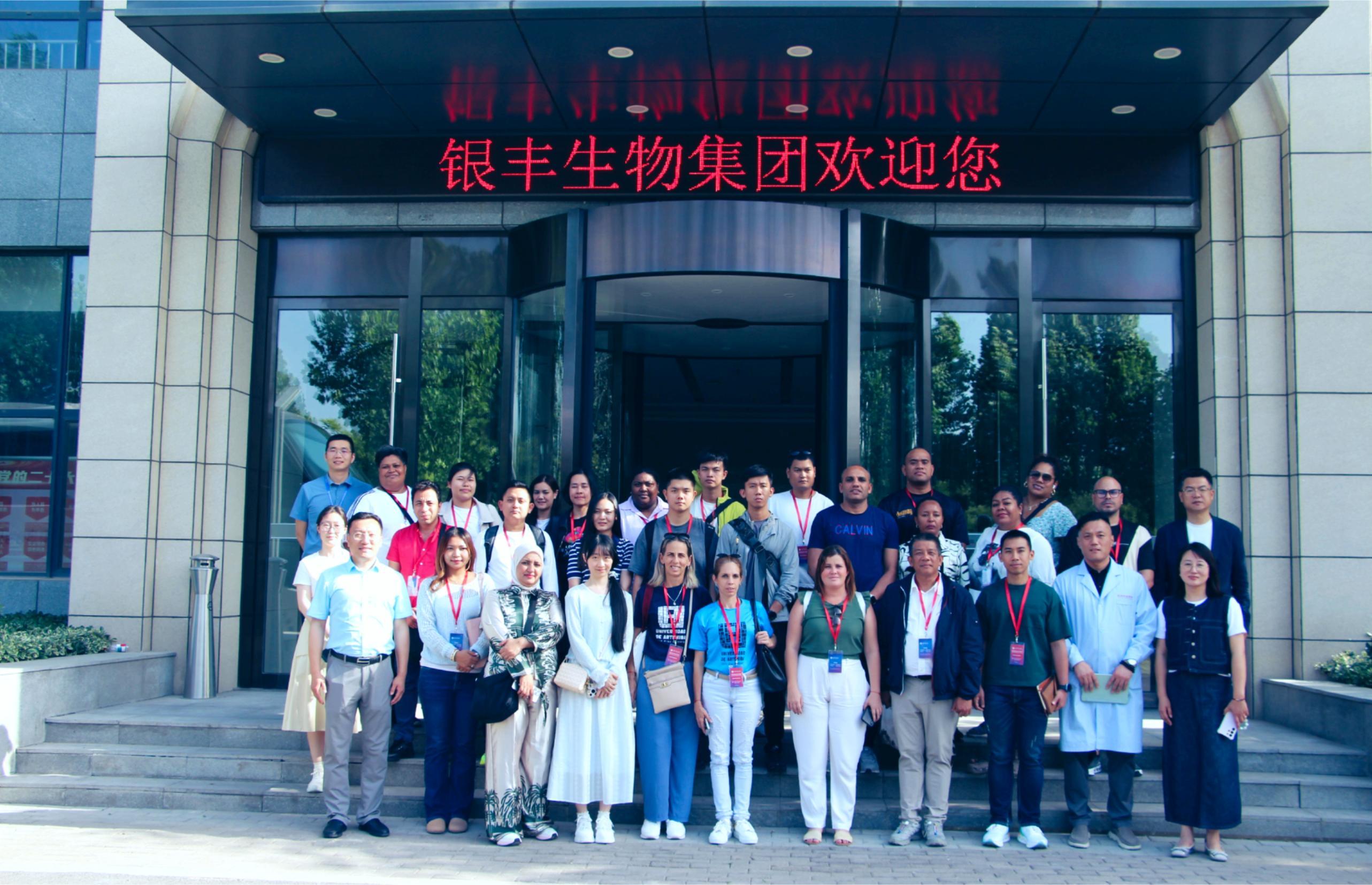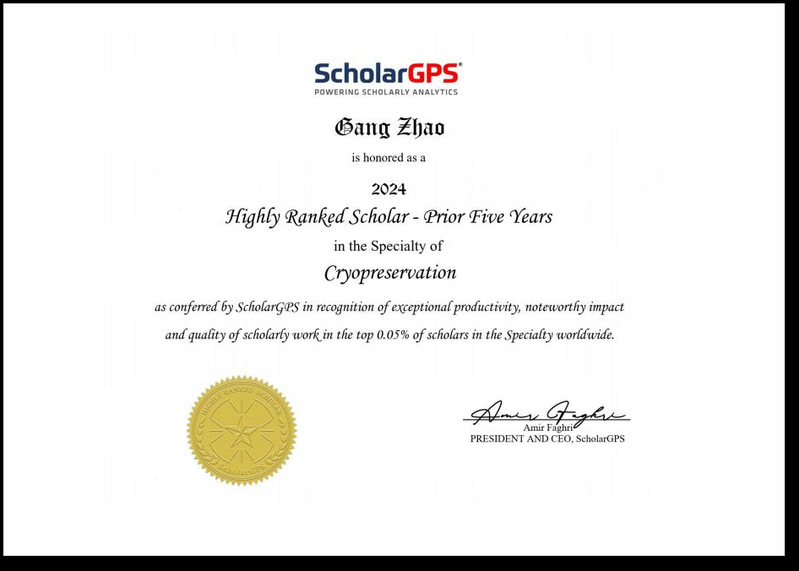The release of the mesoscopic brain atlas is a major event, and brain research may witness a leap - forward development
Release time:
2025-07-21
Recently, led by the Center for Excellence in Brain Science and Intelligence Technology of the Chinese Academy of Sciences, in collaboration with top domestic research institutions such as the Suzhou Institute of Brain - like Intelligence, Huazhong University of Science and Technology, and the BGI Life Sciences Research Institute, and in cooperation with scientific teams from countries like France, Sweden, and the UK, a significant breakthrough has been made in brain science research. Using cutting - edge technologies such as brain imaging, spatial transcriptomics, and artificial intelligence, the research team successfully mapped high - precision mesoscopic brain atlases from rodents to primates. Ten important related results were published in top international academic journals such as Cell and Neuron, marking that China's research in the field of mesoscopic brain atlases has entered the international leading ranks.
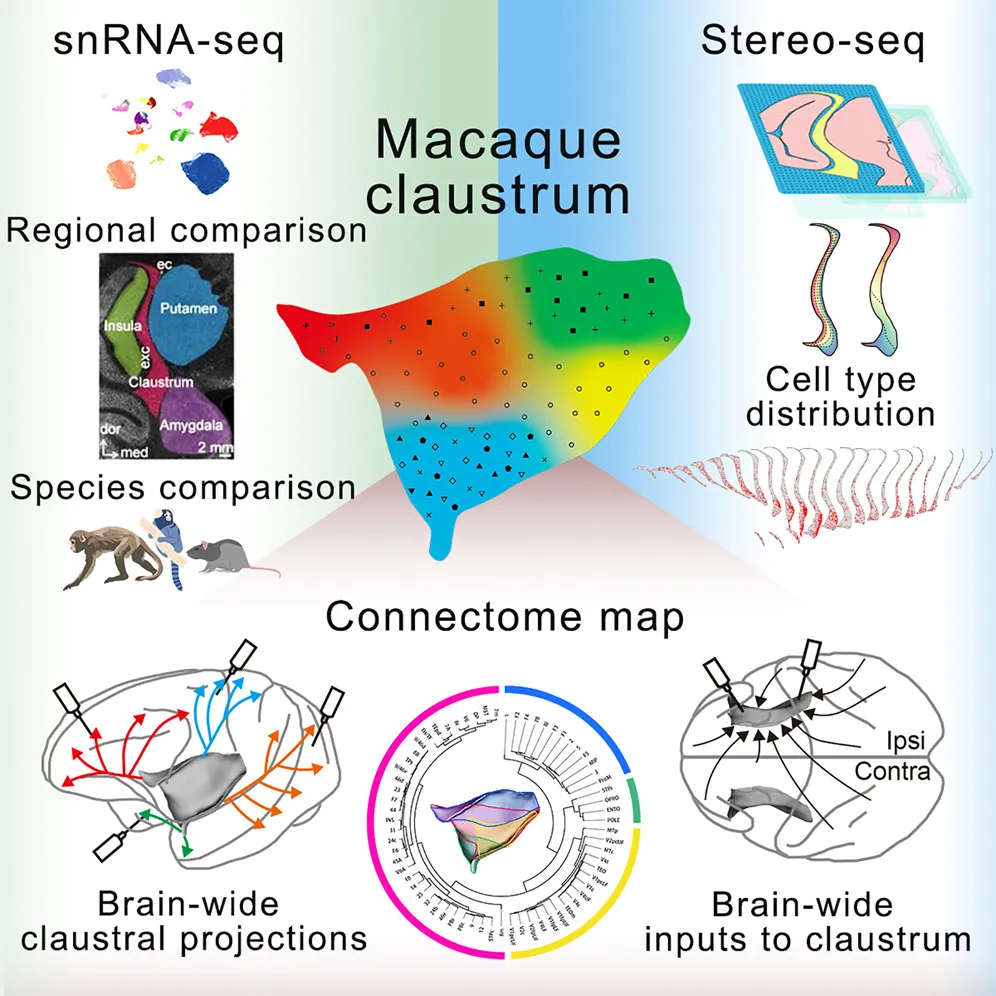
Breaking through species limitations to construct cross - scale brain atlases. The mystery of brain function lies in the diversity of nerve cells and the complexity of connections. The series of results cover key species such as reptiles, birds, rodents, non - human primates, and humans, integrating multi - modal data such as transcriptomes and connectomes. For the first time, cross - species research from rodent to primate brains has been achieved. The research team not only analyzed the diversity of brain cell types but also revealed the connection rules of neural networks, the mechanisms of development and evolution, and the molecular basis of brain diseases, providing a new perspective for understanding brain function, conquering brain diseases, and developing brain - like intelligence.
Driven by technological innovation, a research system of "circuit - evolution - disease" has been established. Centered on "independent technology iteration", the research team established a full - chain research system from "circuit analysis - evolution decoding - disease decoding". In terms of analyzing the functions of neural circuits, based on the self - developed ultra - high - speed VISoR technology and the fMOST imaging system, the team achieved micron - level three - dimensional imaging of the whole macaque brain for the first time and revealed the "parallel - divergent - convergent" connection mode of mouse spinal cord projection neurons, providing a structural basis for understanding mechanisms such as perception and pain. In addition, the team found that the claustrum of macaques is the "connection hub" of the brain, and its extensive internal connections provide new evidence for the multimodal information integration mechanism of consciousness generation.
In the research of brain evolution and development, using spatial transcriptomics technology, the team compared the brain cell atlases of species such as turtles, birds, mice, and macaques, and found that GABAergic neurons are highly conserved in vertebrates, and there are specific Purkinje cell subtypes related to motor function in the avian cerebellum. The research also revealed the specialization of the primate claustrum and the conservatism and human - specific characteristics of the mammalian hypothalamus in evolution, providing a new paradigm for understanding the underlying laws of brain function evolution.
In the analysis of the mechanisms of brain diseases, the team mapped the single - cell spatial transcriptome atlas of the hippocampus of Alzheimer's disease (AD) patients for the first time and found the abnormal enrichment of pathological glial cells in the hippocampus, providing new clues for the early diagnosis of AD. In addition, the research revealed the spatio - temporal dynamic molecular atlas after cerebral hemorrhage, providing important references for neural injury repair and drug development.
Promoting international cooperation to move towards the ultimate goal of the human brain atlas. The "Whole - brain Mesoscopic Neural Connectivity Atlas" large - scale scientific project is an international project key - nurtured by the Ministry of Science and Technology. Currently, the research has moved from small animals to the crucial stage of non - human primate mesoscopic brain atlases, and the mapping of the human brain atlas will be steadily promoted in the future. Next, the team will rely on the international alliance, expand cooperation under the Belt and Road Initiative and among BRICS countries, establish a brain atlas technology sharing platform, and build a globally open "Brain Atlas Database" to promote the ultimate goal of "understanding, simulating, and protecting the brain". The release of these results not only consolidates China's international leading position in the field of brain science but also provides important tools and theoretical support for global brain science research.
Latest developments
Recently, Frigid Zone Medicine, an authoritative international journal in the field of cryomedicine, published an important review titled "Advances in the Detection Methods for Assessing the Viability of Cryopreserved Samples". Written by the team of Yinfeng Cryomedical Research Center, the article systematically reviews and analyzes various detection techniques currently used to evaluate the viability of cryopreserved cells, tissues, and organs. It also proposes key directions from the perspectives of methodological integration and future instrument development, offering crucial theoretical support and practical guidance for the long - term cryopreservation of complex tissues and organs.
Recently, the "Novel Technology for Ultra-Low Temperature Cryopreservation, Activation, and Transplantation of Human Ovarian Tissue," developed through a collaborative effort between Shandong Yinfeng Life Science Research Institute and Beijing University of Chinese Medicine Shenzhen Hospital, has been awarded the 2025 Shandong Refrigeration and Air Conditioning Science and Technology Award. This groundbreaking technology pioneers a new pathway for female fertility preservation, marking a significant leap in China’s interdisciplinary advancements in reproductive medicine and cryobiology.
On May 19, a delegation from the Chinese Training Workshop for Government Officials of Developing Countries visited the exhibition hall of Yinfeng Biological Group's Cryomedicine Research Center. Government officials from multiple countries gained in-depth insights into Yinfeng’s innovative achievements in cryobiomedicine, cell storage, genetic technology, and other fields. They engaged in discussions with the delegation on technology transfer and international cooperation, contributing to the building of a global community with a shared future for humanity.
On the morning of May 17, 2025, an immersive exploration into life sciences and cryomedicine concluded successfully at Jinan Yinfeng Biological Science Park. Hosted by the Shandong Yinfeng Life Science Research Institute, this event offered members a firsthand look into the research base through activities such as ultra-low temperature cryotherapy experiences, brainwave signal acquisition system trials, and expert panel discussions. Participants witnessed the infinite possibilities that cryogenic technology and life sciences hold for humanity.
The international academic platform ScholarGPS recently announced its global lists of Highly Ranked Scholars - Lifetime and Highly Ranked Scholars - Prior 5 Years, recognizing the top 0.05% of scholars across various disciplines. Among the selected Chinese scholars are national-level talents, leading figures in specialized fields, and seasoned academics dedicated to long-term research.



